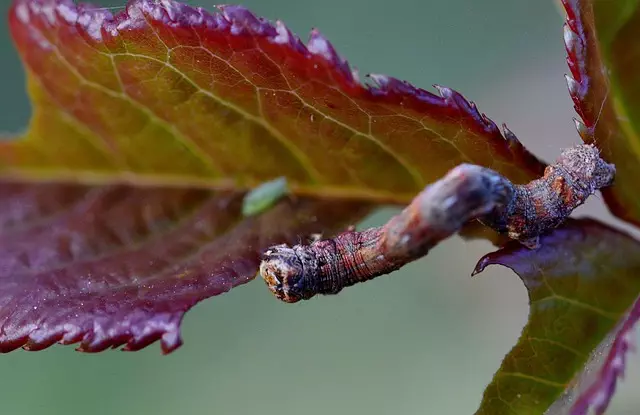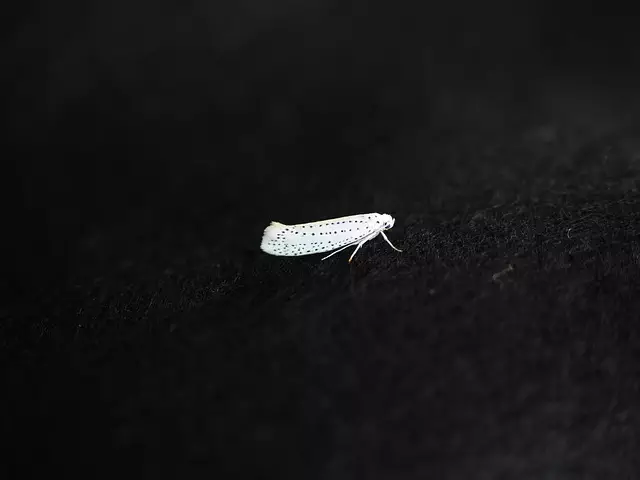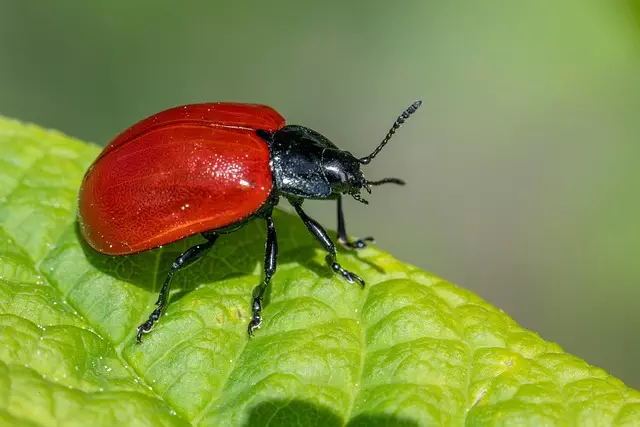Pest infestations pose significant challenges for property owners, necessitating professional assistance from pest exterminators. These experts identify and eradicate common pests like termites, rodents, and insects using diverse methods, including chemical, natural, and heat-based solutions. Effective treatments depend on infestation type, resistance, and the professional's expertise. Reputable pest exterminator services prioritize eco-friendly products and methods, implementing integrated pest management (IPM) strategies to minimize environmental harm. Misconceptions about these services abound, but modern practices focus on safety and sustainability. Preventive measures like sealing entry points, maintaining cleanliness, and regular inspections significantly reduce the risk of infestations. Emerging technologies aim to revolutionize pest control with smarter, eco-friendly solutions.
Understanding Pest Infestations: Common Pests and Their Behavior
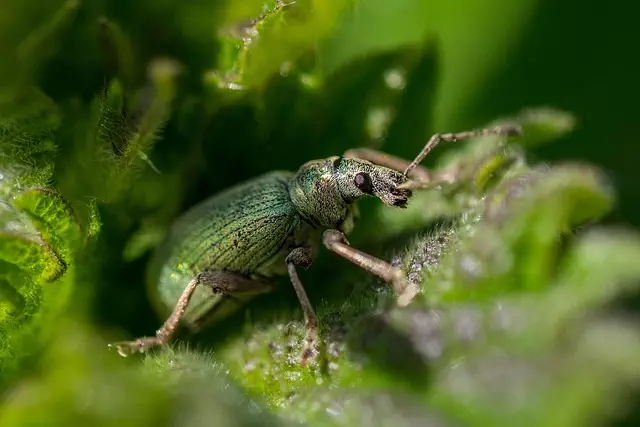
Pest infestations can be a significant problem for both residential and commercial properties, often leading many to seek the help of a professional pest exterminator. Understanding common pests and their behaviors is the first step in effective prevention and control. Termites, for instance, are silent destroyers that feed on wood and other cellulose materials, causing extensive damage over time. They operate in colonies and can quickly establish themselves in hidden areas like walls and floors, making early detection challenging.
Other prevalent pests include rodents, such as rats and mice, which are known to infest structures in search of food and shelter. They are agile and adaptable, finding entry through tiny gaps and cracks. These critters not only cause structural damage but also pose health risks by spreading diseases. Infestations of insects like ants, cockroaches, and mosquitoes are common as well. Each pest exhibits unique behaviors and requires specific strategies for control, making it crucial to identify the intruders accurately before engaging a pest exterminator service.
The Role of a Professional Pest Exterminator
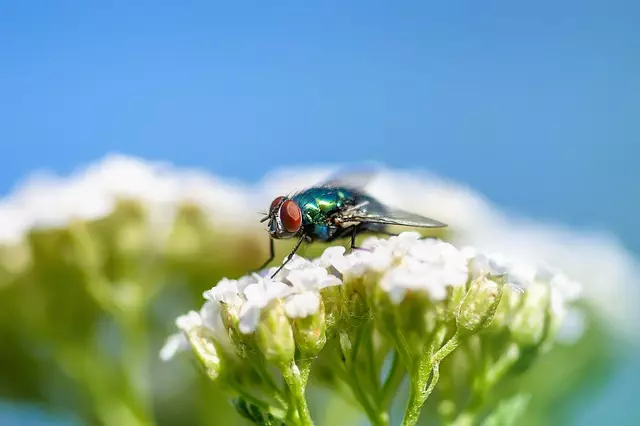
Types of Extermination Techniques and Their Effectiveness
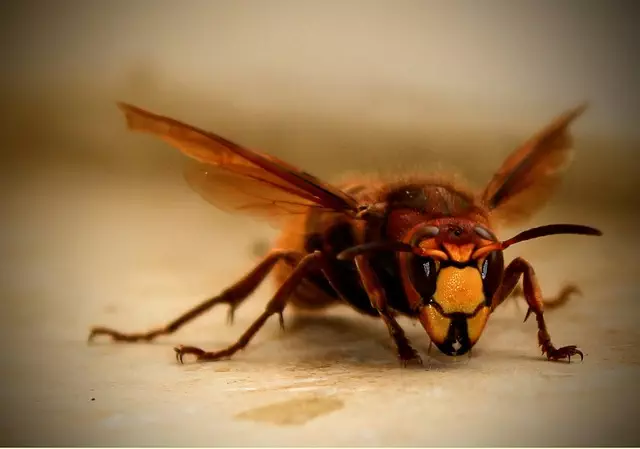
Pest exterminators employ various techniques to rid homes and businesses of unwanted insects and rodents. These methods include chemical, natural, and heat-based solutions. Chemical extermination involves the use of pesticides, which are highly effective but require careful application to avoid environmental and health risks. Natural methods, such as using essential oils or pheromones, offer a safer alternative but may be less potent. Heat-based techniques, like steam or heat treatment, target pests directly without chemicals, making them ideal for sensitive areas.
The effectiveness of these techniques depends on several factors: the type and severity of the infestation, the pest’s resistance to treatments, and the professional’s expertise. A combination of methods often yields the best results, particularly for stubborn or complex infestations. Regular maintenance and prevention strategies, like sealing entry points and maintaining cleanliness, complement extermination efforts, ensuring long-term pest control.
Safety Measures and Environmental Considerations in Pest Control

When it comes to pest control, safety is paramount for both the residents and the environment. Reputable bug exterminator services prioritize using eco-friendly products and methods that minimize harm to non-target species, including beneficial insects, birds, and aquatic life. Trained professionals follow strict protocols to ensure the safe application of pesticides, ensuring they are used only where necessary and in the correct concentrations.
In addition to product safety, these services also consider broader environmental impacts. They may employ integrated pest management (IPM) strategies that focus on prevention, monitoring, and the use of least-toxic methods. By adopting IPM, exterminators can reduce reliance on synthetic chemicals, contributing to a healthier ecosystem. This approach aligns with the growing demand for sustainable pest control solutions from environmentally conscious consumers.
Choosing the Right Pest Exterminator for Your Home or Business

When choosing a pest exterminator, it’s crucial to consider their experience and expertise in handling various types of pests. Look for professionals who have a proven track record and can provide specific solutions tailored to your needs. Reputable exterminators should offer detailed assessments, explaining the extent of the infestation and proposing effective treatment plans without resorting to harsh chemicals. They should also ensure the safety of your family or employees post-treatment.
Additionally, check their licensing and insurance to guarantee compliance with local regulations and protection against potential liabilities. Trusted pest control services will maintain transparent communication throughout the process, answering all your queries and addressing concerns promptly. This ensures peace of mind, knowing that you’ve partnered with a reliable professional who prioritizes both effective pest removal and customer satisfaction.
Common Misconceptions About Pest Extermination Debunked

Many people hold common misconceptions about pest extermination services, often stemming from misinformation or fears perpetuated by popular culture. One of the most widespread myths is that exterminators use harmful chemicals that are dangerous for human health and the environment. However, modern pest control methods prioritize safety and sustainability, employing advanced technologies and eco-friendly products that target pests effectively while minimizing risks. Professional bug exterminators undergo rigorous training to ensure they can handle these substances responsibly.
Another misconception is that a single treatment will eliminate all pests for good. In reality, pest populations vary in size and behavior, requiring tailored strategies. A reputable pest exterminator will conduct thorough inspections to identify the type, extent, and behavior patterns of the infestation, then recommend appropriate solutions. This may include one-time treatments or ongoing prevention plans, depending on the severity and nature of the pest issue.
Preventive Measures: Tips for Long-Term Pest Management

Preventing pests from infesting your space is key to long-term peace of mind and cost savings. A reputable pest exterminator can provide valuable guidance on creating an environment that deterrs insects and rodents. Simple measures like sealing entry points, maintaining cleanliness, and storing food securely create a less welcoming habitat for unwanted visitors. Regular inspections are crucial, especially in areas prone to specific pests, allowing for early detection and treatment.
Additionally, natural repellents and regular yard maintenance play a significant role. Trimming foliage, removing clutter, and using plant-based deterrents can significantly reduce pest populations. By combining these preventive measures with professional treatments when needed, you can effectively manage and control pests, ensuring a healthier, more comfortable living or working space.
The Future of Pest Control: Emerging Technologies and Trends

The future of pest control is poised for a significant transformation, driven by emerging technologies and trends that offer more efficient and eco-friendly solutions. One notable trend is the integration of smart, connected devices and sensors that can monitor and detect pest activity in real-time, providing data-driven insights to exterminators. This enables them to employ targeted treatments, reducing the use of harmful chemicals and minimizing environmental impact.
Additionally, advancements in genetic engineering and biopesticides present promising avenues for pest control. These innovative approaches leverage natural processes to combat pests, offering long-lasting solutions without the need for frequent applications. As consumers become increasingly conscious of the health and environmental implications of traditional pest exterminator methods, these emerging technologies are set to play a pivotal role in shaping the industry’s future, ensuring safer and more sustainable pest management practices.
